

Okayama University's Co-creation Project: Revitalizing Abandoned Farmland for Sustainable Community Development
Introduction
On June 26, 2025, Okayama University initiated the "Co-cultivation Agriculture Project," a community-based initiative aimed at revitalizing abandoned farmland and fostering a symbiotic relationship between humans and nature. This effort involves around 20 participants from various fields, including the Faculty of Agriculture, Engineering, Economics, and the Institute of Resource Plant Science.
Project Overview
This project is part of the Cabinet Office's "Regional Core University Innovation Creation Environment Enhancement Project." It aims to utilize local resources in order to maintain biodiversity and promote coexistence with nature, primarily driven by student involvement across disciplines and generations.
Co-cultivation agriculture is based on principles such as no-till, no-fertilizer, and no-pesticides. This method harnesses the natural environment's inherent capabilities to construct and manage an ecosystem where diverse plant species can coexist. Rather than growing a single crop in large quantities, the approach combines multiple crops and wild plants suited to the environment, thereby achieving sustainable agriculture and rich biodiversity.
Project Launch
At the project's launch, Takao Funakura, Deputy Director of the Industry-Academia-Government Collaboration Headquarters, explained the significance of co-cultivation agriculture and the aims of the project. After the presentation, participants exchanged ideas and discussed potential applications of field usage and technology.
The participants then toured the designated experimental area on campus to assess the local vegetation and soil conditions. Jun Yamashita, an assistant professor from the Advanced Research Institute, conducted a lecture on the varieties and usefulness of indigenous wild plants, which the attendees attentively absorbed.
Future Directions
Going forward, the project will not only focus on creating a practical environment based on co-cultivation agriculture principles but also seek to build a new ecosystem model harmonizing agriculture and technology. This involves developing an application utilizing generative AI and image recognition technology to identify useful wild plants and combinations of crops suited to specific soil and regional characteristics. Additionally, the researchers plan to explore collaborations with local businesses to expand the experimental field, utilize ICT tools, and analyze data, thus working towards a new model for solving regional challenges through industry-academia collaboration.
Okayama University is committed to nurturing hands-on learning opportunities that contribute to creating a sustainable environment while continuing to collaborate with the local community. We encourage continued support for the initiatives taken by Okayama University as a distinctive research university at the regional core.
Conclusion
The Co-cultivation Agriculture Project stands as a testament to Okayama University's dedication to sustainable practices and innovative education. Through collaborative efforts, they aim to pave the way for a more sustainable community ecosystem, leveraging the strengths of diverse disciplines and fostering deeper connections with natural resources.
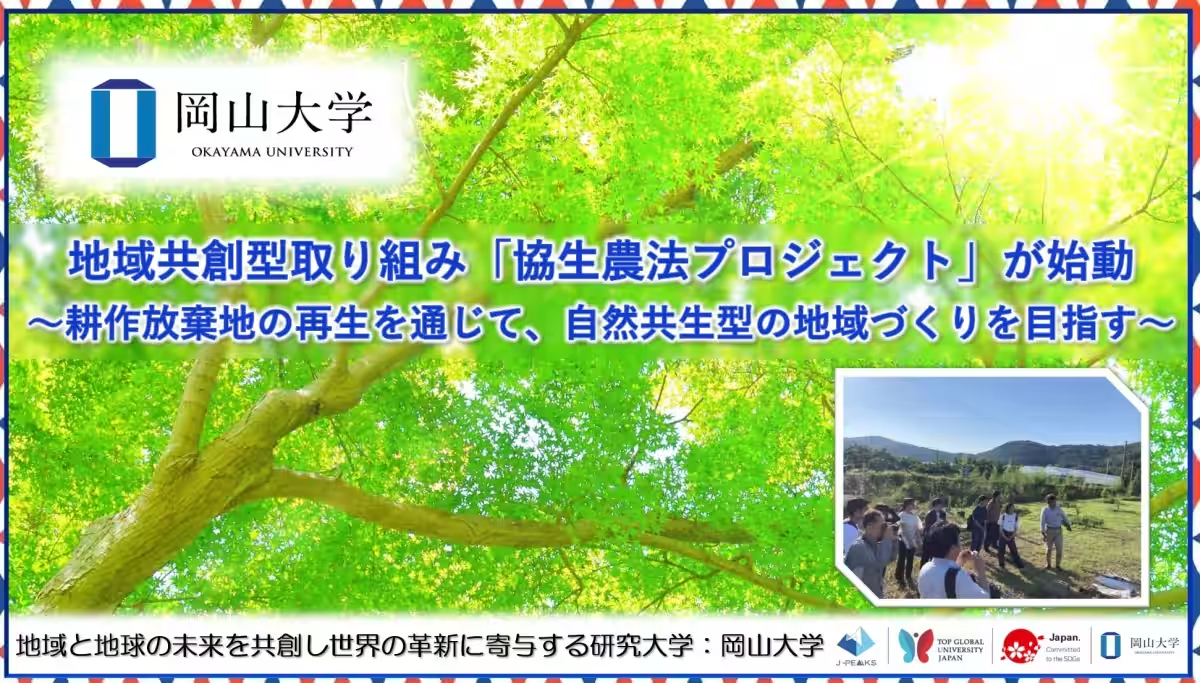
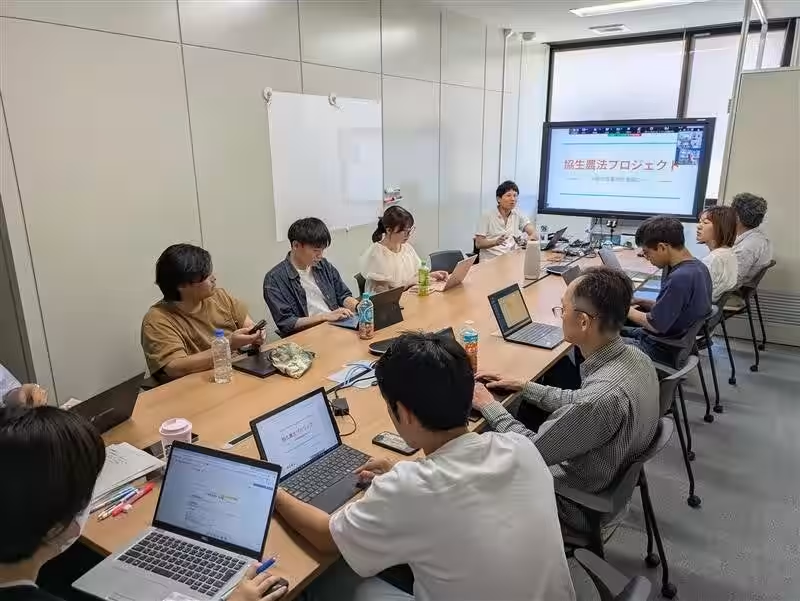
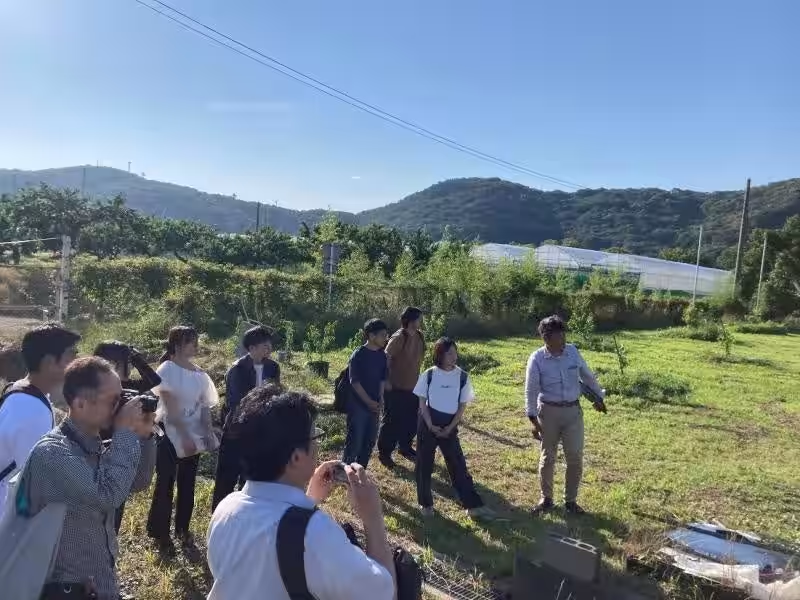
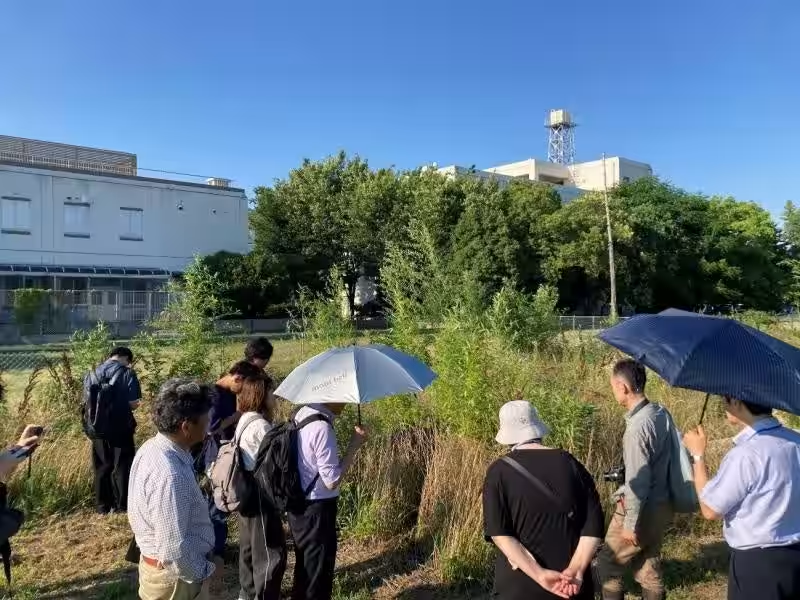
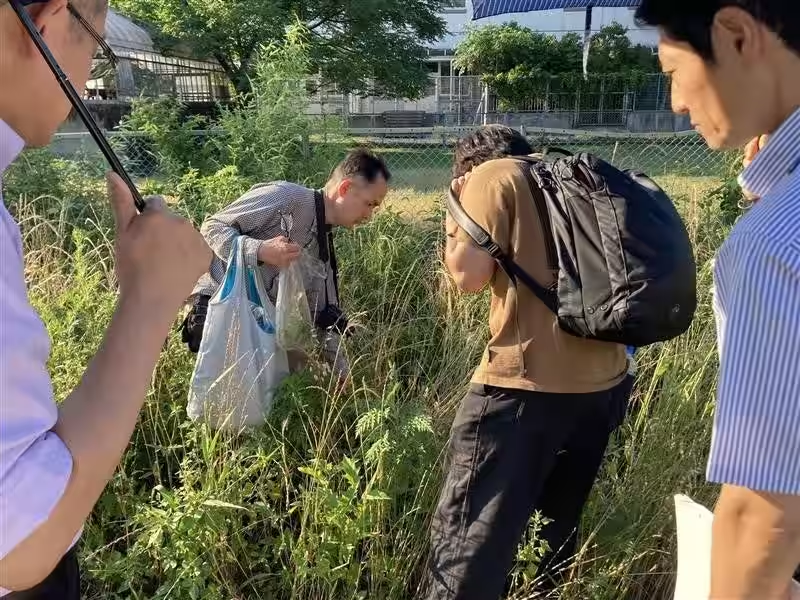


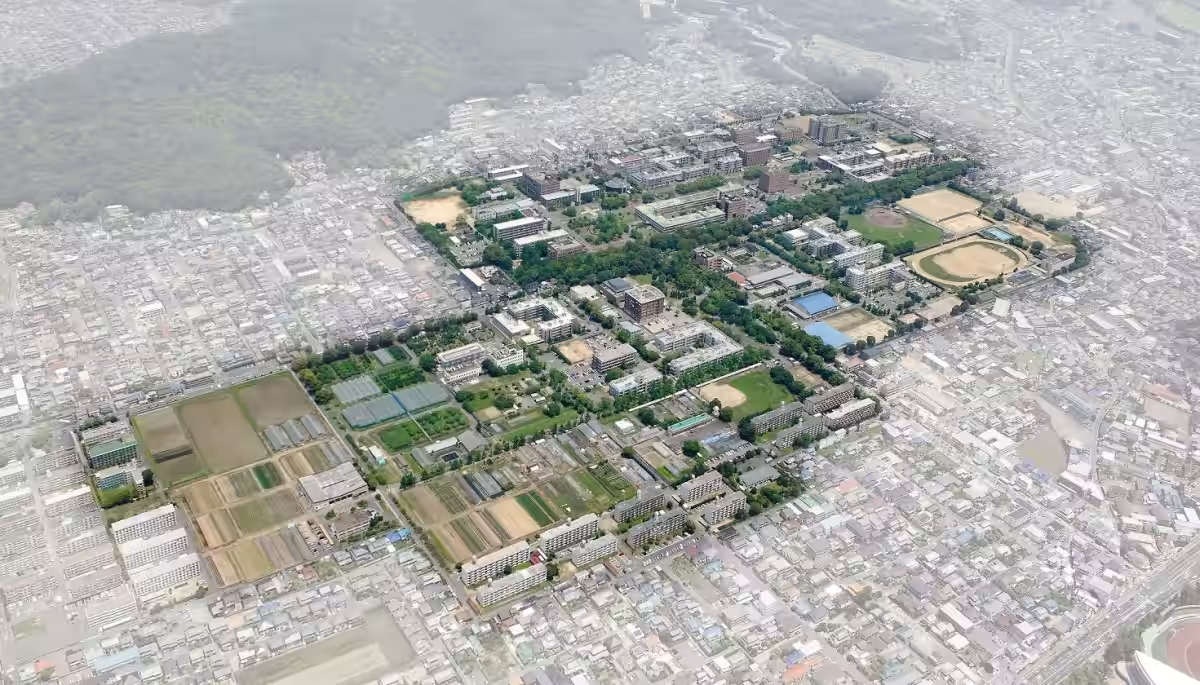

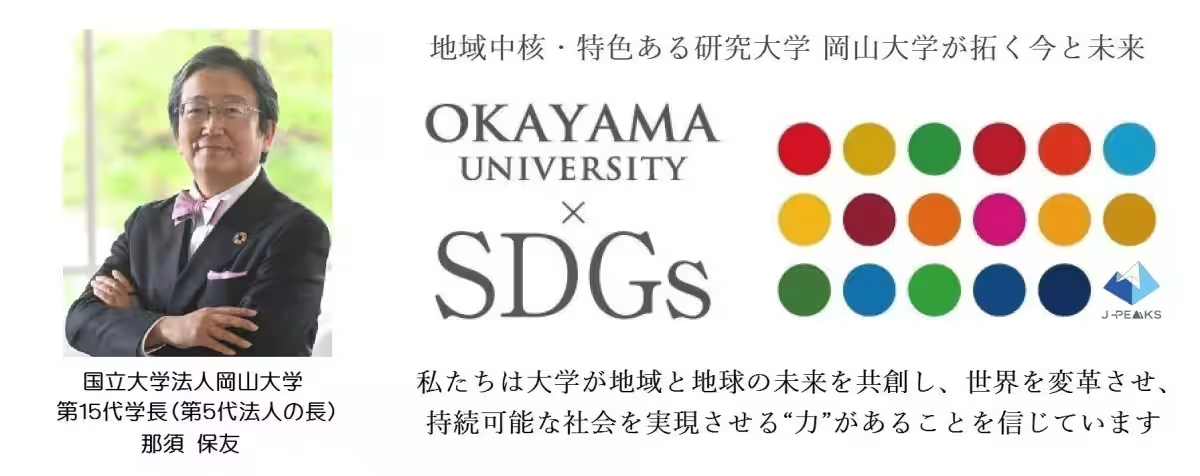
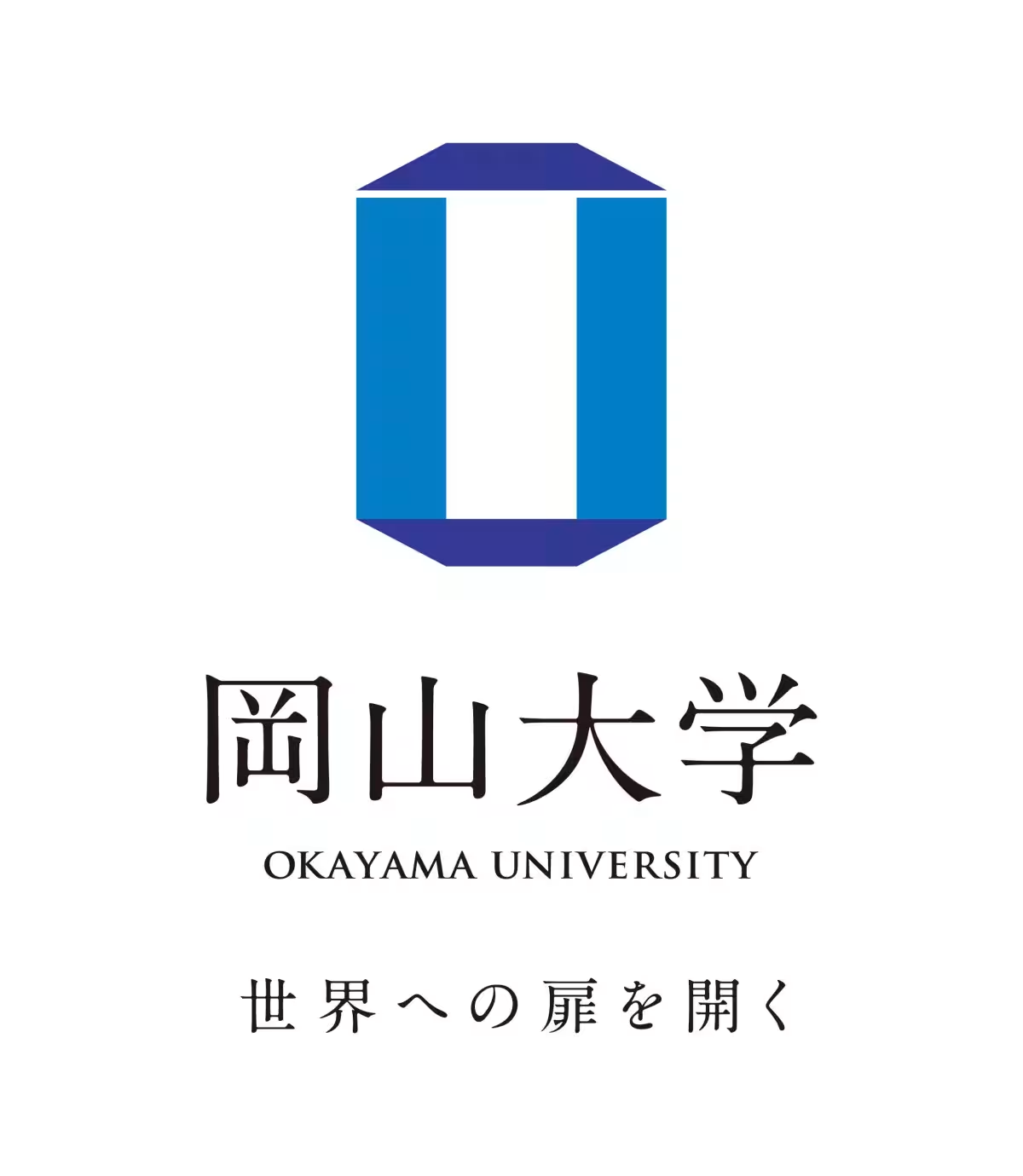
Topics Other)










【About Using Articles】
You can freely use the title and article content by linking to the page where the article is posted.
※ Images cannot be used.
【About Links】
Links are free to use.